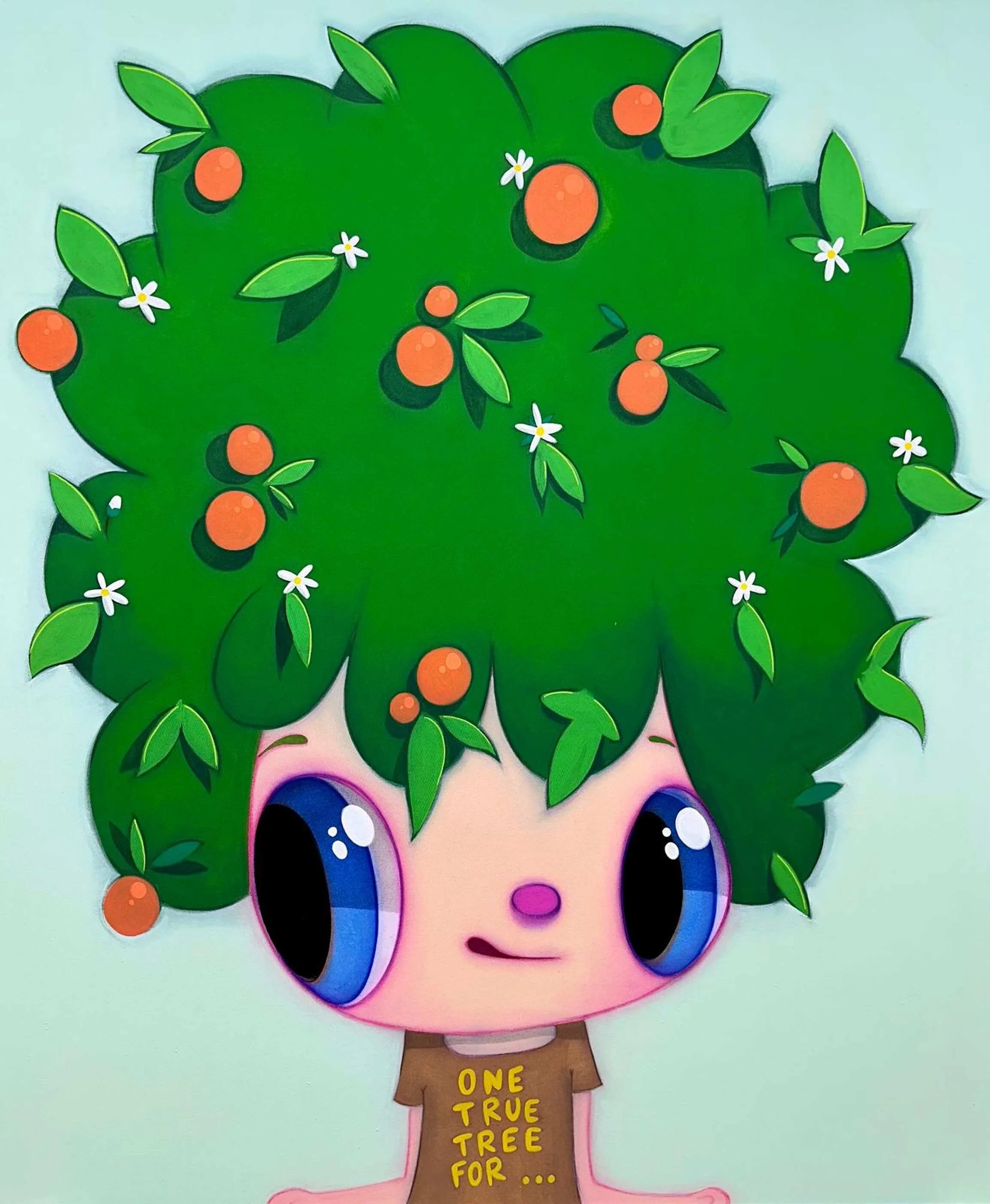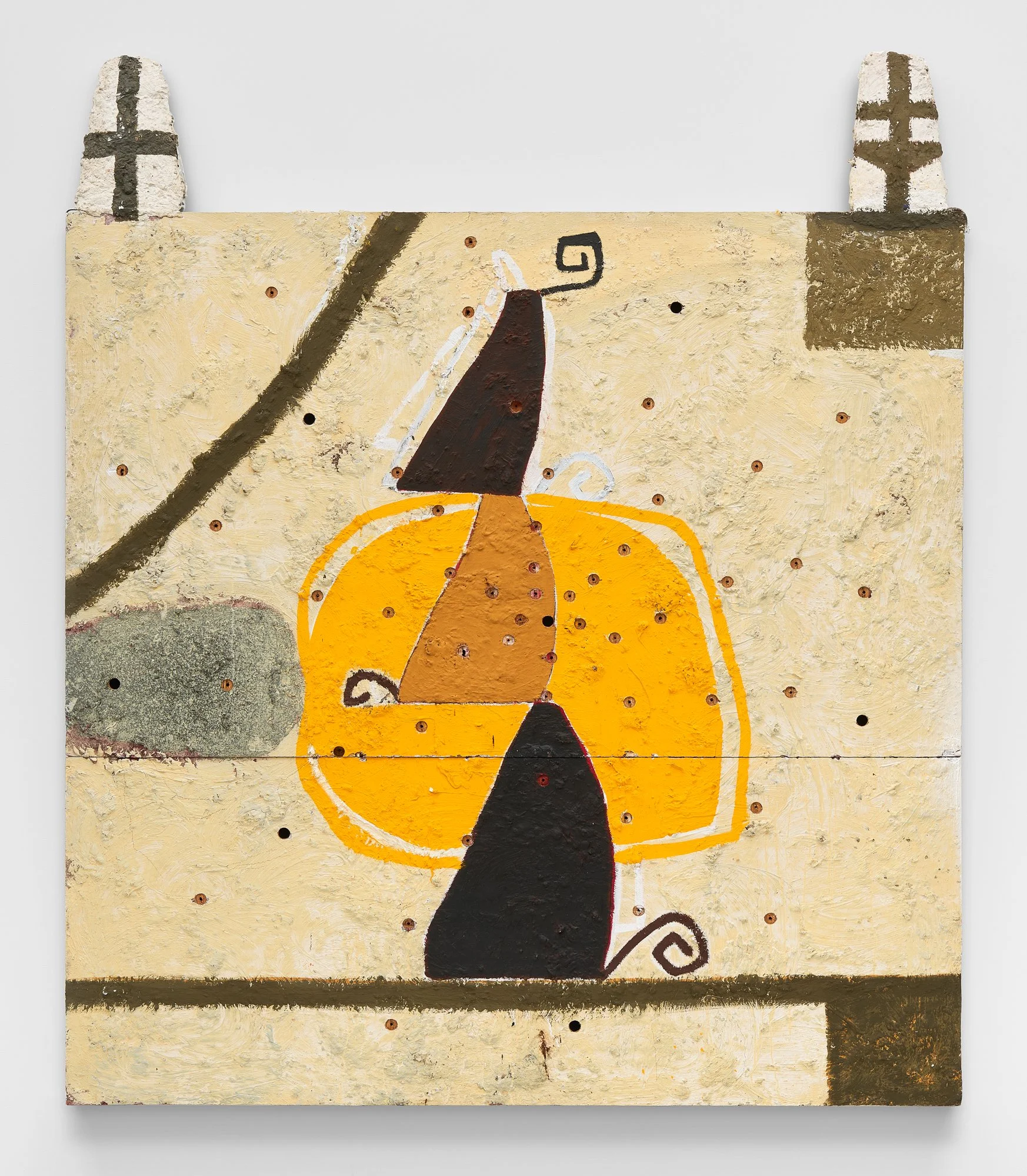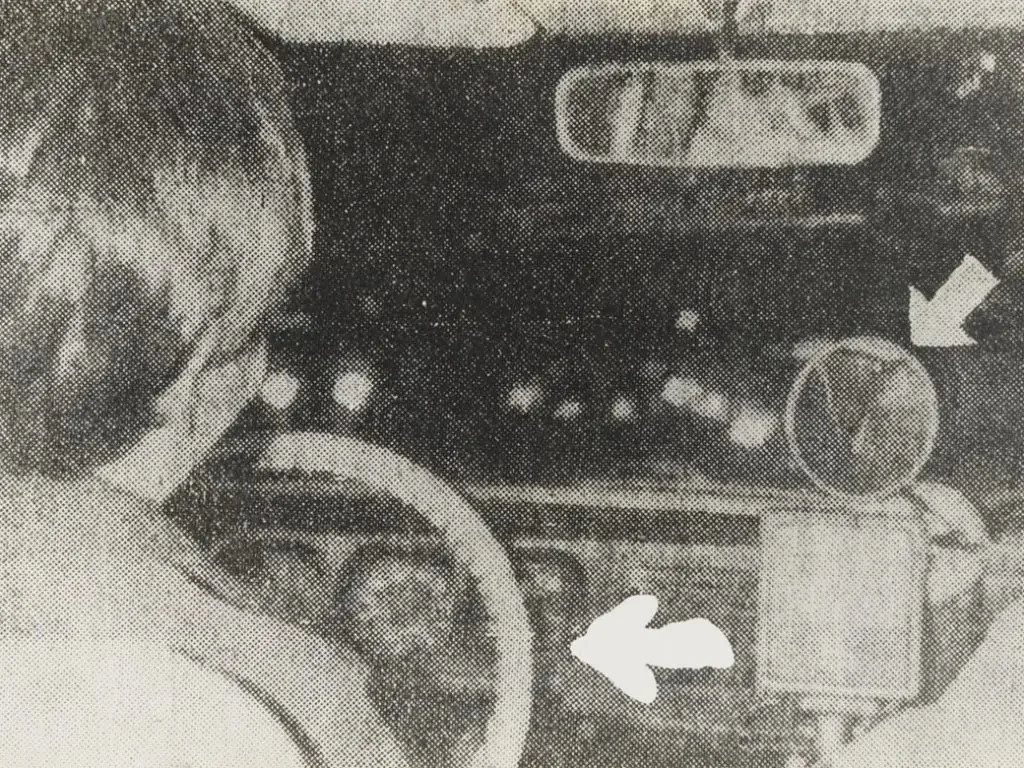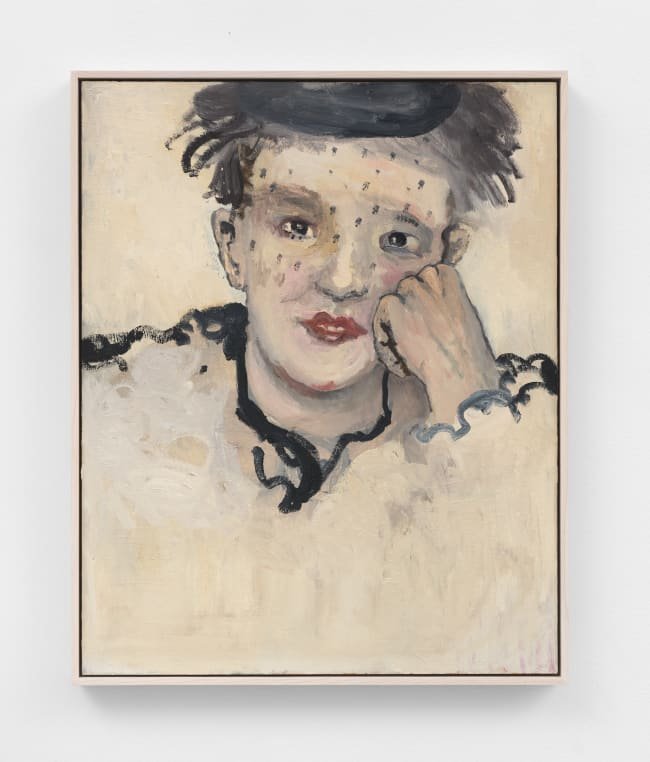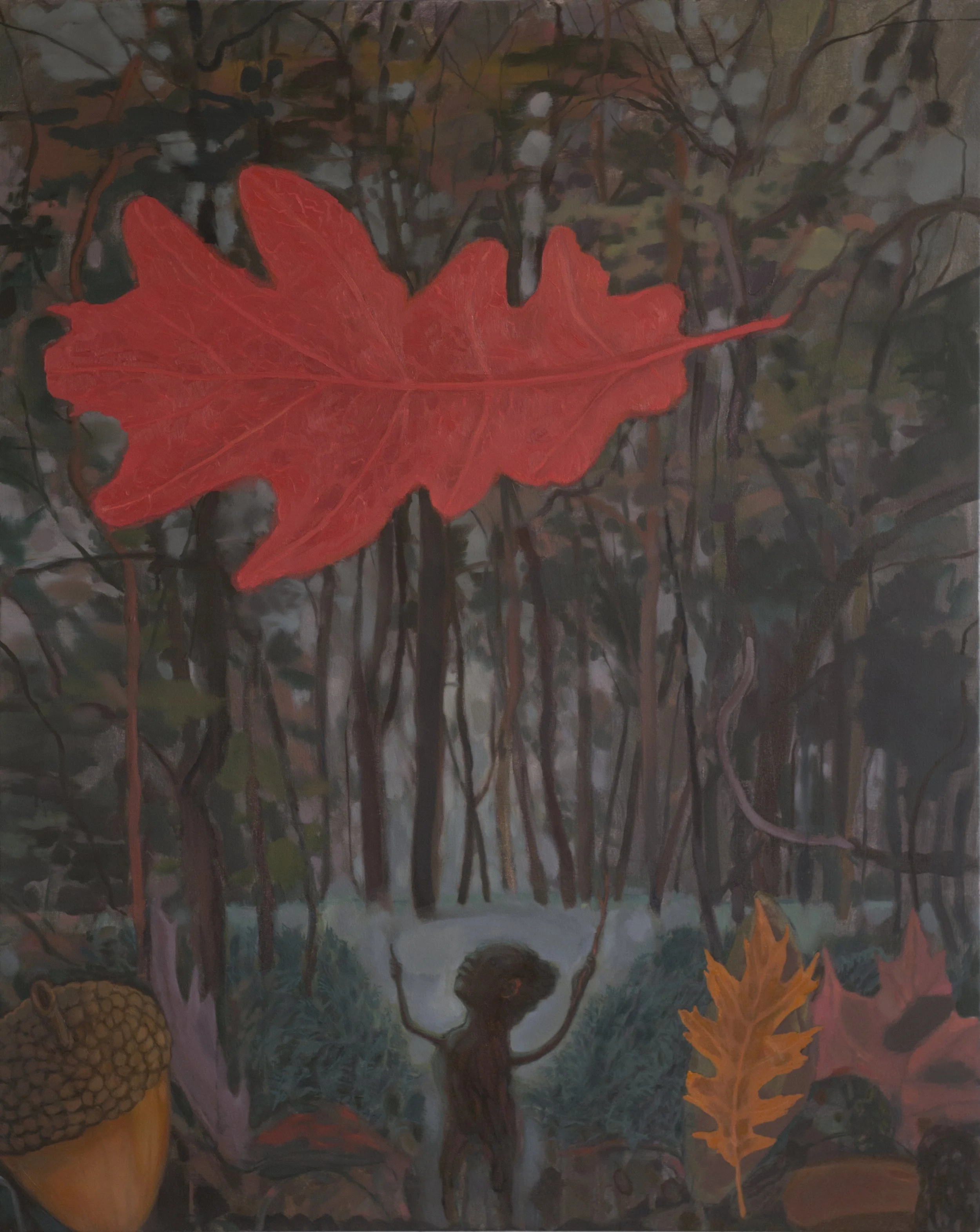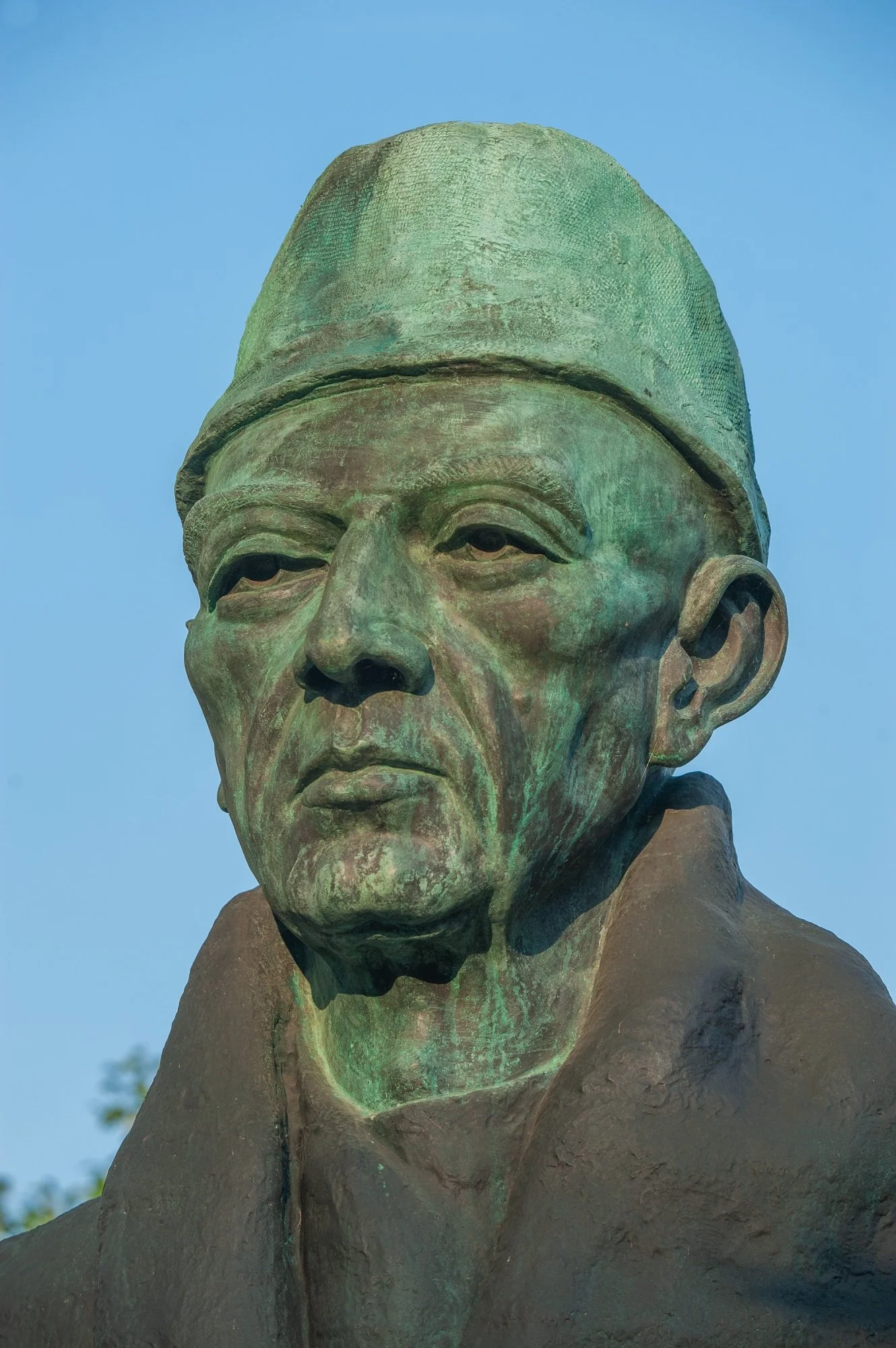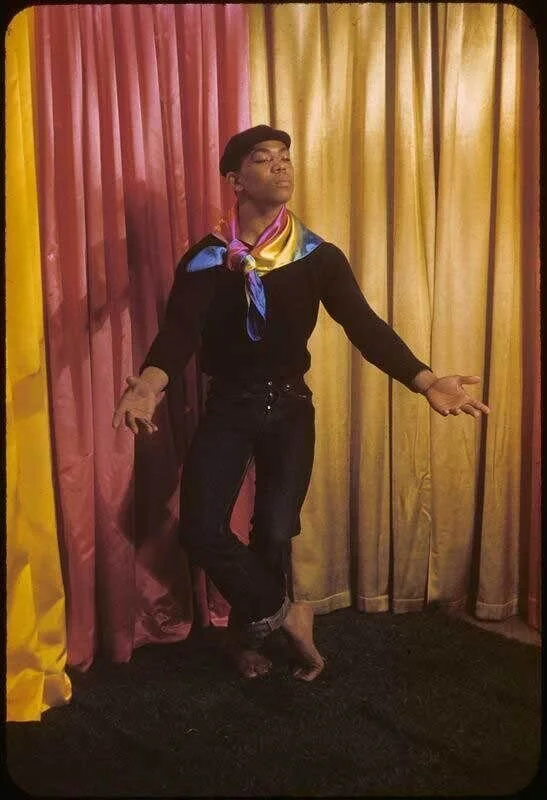Lehmann Maupin
The exhibition, encompassing all three floors of the gallery, also includes the first US presentation of Vicuña’s monumental quipu, NAUFraga (2022), since its premiere at the 59th Venice Biennale, as well as a new film based on unseen footage shot while participating in Documenta 14 in Athens, Greece. The works on display are informed conceptually by the principles of “Arte Precario,” or Precarious Art, the artist’s own autonomous aesthetic system that foregrounds ephemerality, intangibility, and that which disappears. As an artistic corollary to the instability and shakiness that abounds in our political climate, Vicuña’s precariousness allows her to grapple with issues ranging from immigration to environmental destruction. At the same time, her syncretic visual vocabulary prompts speculation on alternative possible futures, or worlds capable of realizing political, feminist, ecological, and conceptual reparation.
through January 11, 2025





